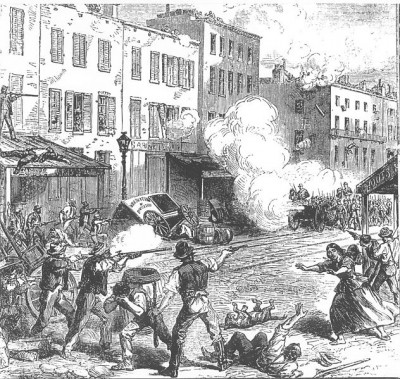
Rioters and federal troops clash.
On this anniversary of the New York City Draft Riots and Massacre, July 13 – 16, 1863, we share a teaching activity that helps students explore what Howard Zinn described as the most destructive period of civil violence in U.S. history. Lasting nearly a week, the riots were the largest civil insurrection in U.S. history besides the Civil War itself.
Zinn writes in Chapter 10 of A People’s History of the United States,
. . . the Conscription Act of 1863 provided that the rich could avoid military service: they could pay $300 or buy a substitute. In the summer of 1863, a “Song of the Conscripts” was circulated by the thousands in New York and other cities. One stanza:
We’re coming, Father Abraham, three hundred thousand more
We leave our homes and firesides with bleeding hearts and sore
Since poverty has been our crime, we bow to thy decree;
We are the poor and have no wealth to purchase liberty.
When recruiting for the army began in July 1863, a mob in New York wrecked the main recruiting station. Then, for three days, crowds of white workers marched through the city, destroying buildings, factories, streetcar lines, homes.
The draft riots were complex — anti-Black, anti-rich, anti-Republican. From an assault on draft headquarters, the rioters went on to attacks on wealthy homes, then to the murder of African Americans. They marched through the streets, forcing factories to close, recruiting more members of the mob. They set the city’s colored orphan asylum on fire. They shot, burned, and hanged African Americans they found in the streets. Many people were thrown into the rivers to drown.
On the fourth day, Union troops returning from the Battle of Gettysburg came into the city and stopped the rioting. Perhaps four hundred people were killed. No exact figures have ever been given, but the number of lives lost was greater than in any other incident of domestic violence in U.S. history.
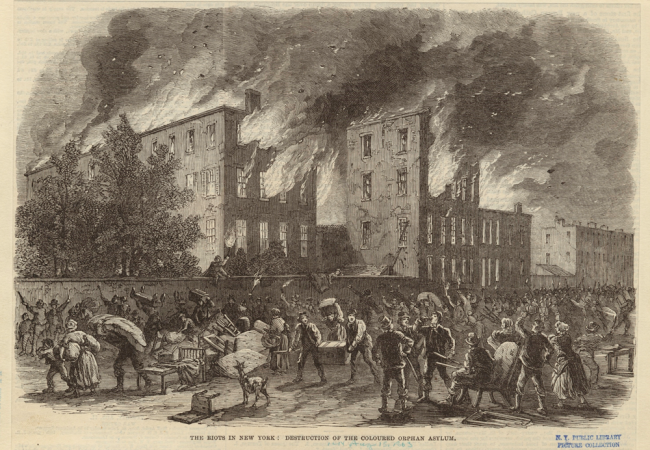
Harper’s Weekly illustration of the burning of the orphanage during the Draft Riots. Source: Digital Public Library of America
The Zinn Education Project offers a teaching activity called “The Draft Riot Mystery” by Rethinking Schools editor Bill Bigelow that focuses on the conflict between recently arrived Irish immigrants and African Americans.
As Bigelow explains in the introduction to the lesson:
One of the critical “habits of the mind” that students should develop throughout a U.S. history course is to respond to social phenomena with “why” questions. They should begin from a premise that events have explanations, that people don’t, for example, kill each other simply because they speak different languages, attend different churches, or have different skin colors.
This activity takes the outrages of the 1863 riots as its starting point, and asks students to piece together clues that help account for this sudden explosion of rage. It’s important to note that making explanations is different than making excuses. Here, we’re asking students to try to understand the horrors committed, not to rationalize them.
Read a detailed description, an online excerpt from In the Shadow of Slavery: African Americans in New York City, 1626-1863 by Leslie M. Harris. (Order from Bookshop.org.)
Also see the book, The New York City Draft Riots: Their Significance for American Society and Politics in the Age of the Civil War by Iver Bernstein.
Read the tweet thread below by Ben Railton.
160 years ago today, New York exploded into a multi-day orgy of white supremacist violence. This event has come to be known as the Draft Riots, a name that’s at best partially accurate, but at worst contributes to two fundamental failures of collective memory. #twitterstorians +
— Ben Railton (@AmericanStudier) July 13, 2023
Books for Students
Dayshaun’s Gift by Zetta Elliott for elementary school
The Dactyl Hill Squad by Daniel Jose Older for middle school
The Door at the Crossroads and A Wish After Midnight by Zetta Elliott for high school
Riot by Walter Dean Myers for high school
Find a list of more Massacres in U.S. History.


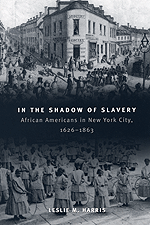
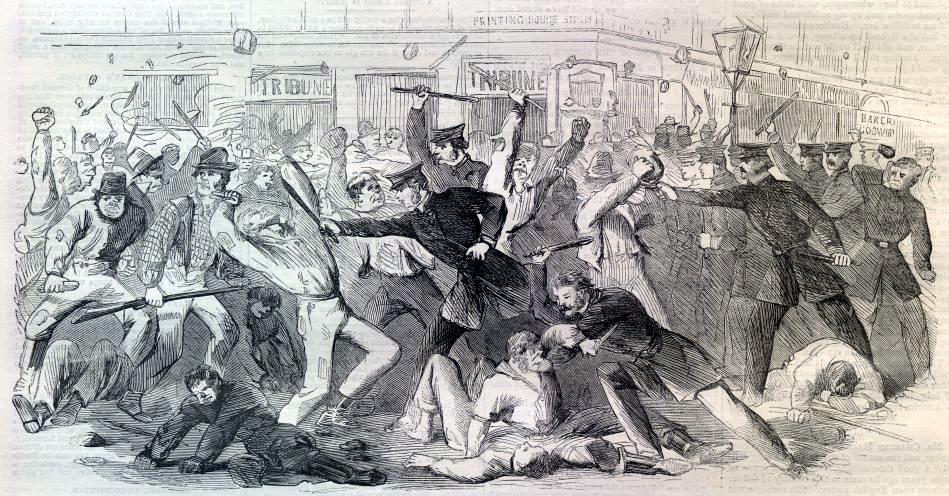
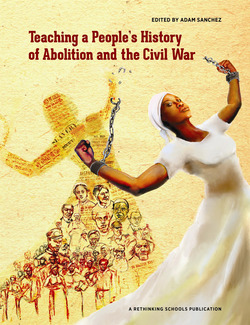
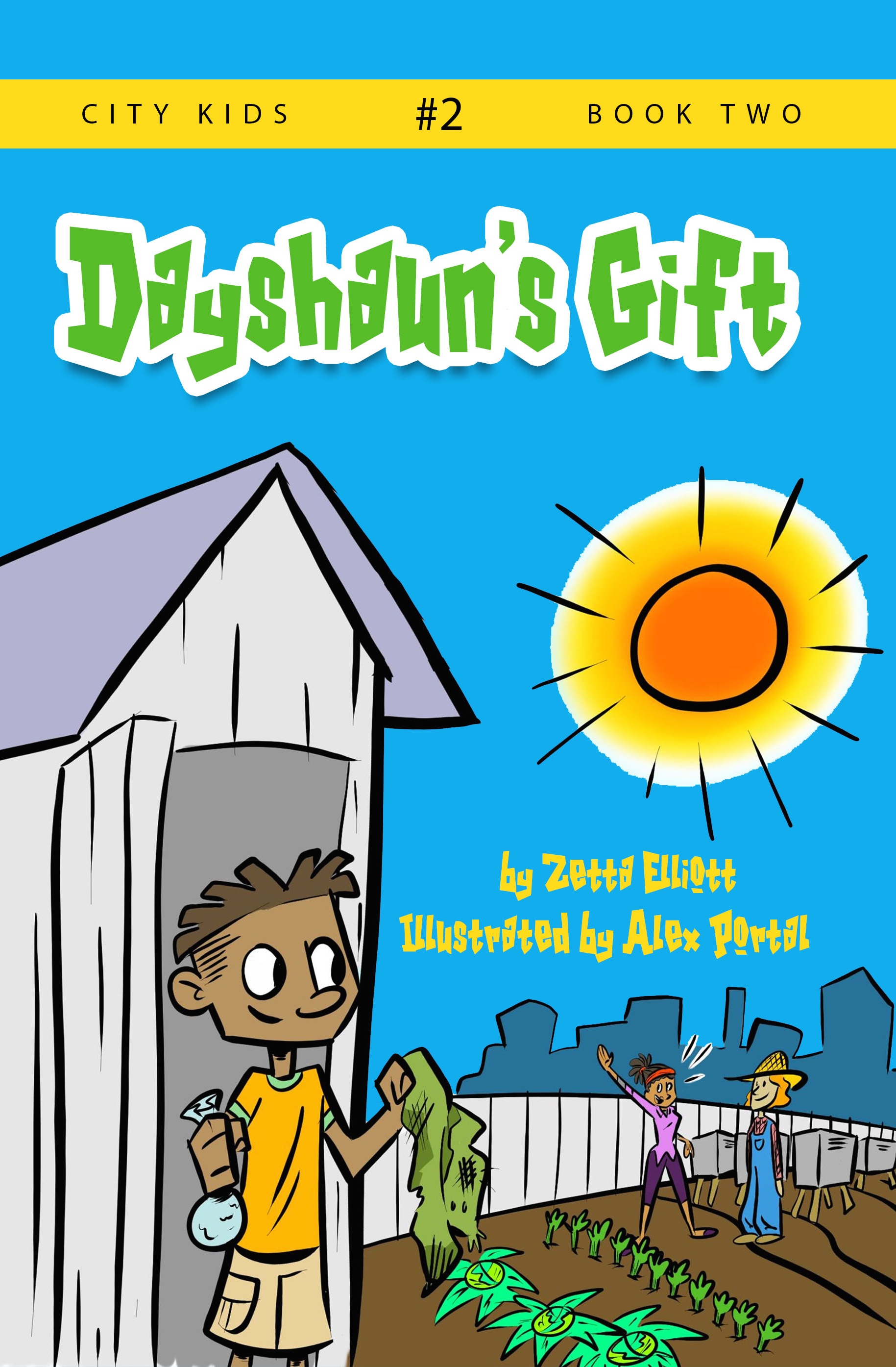
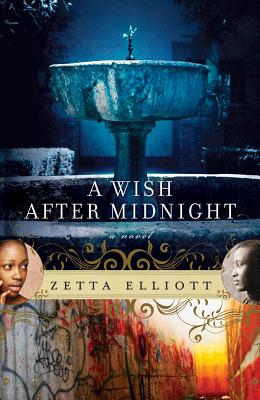
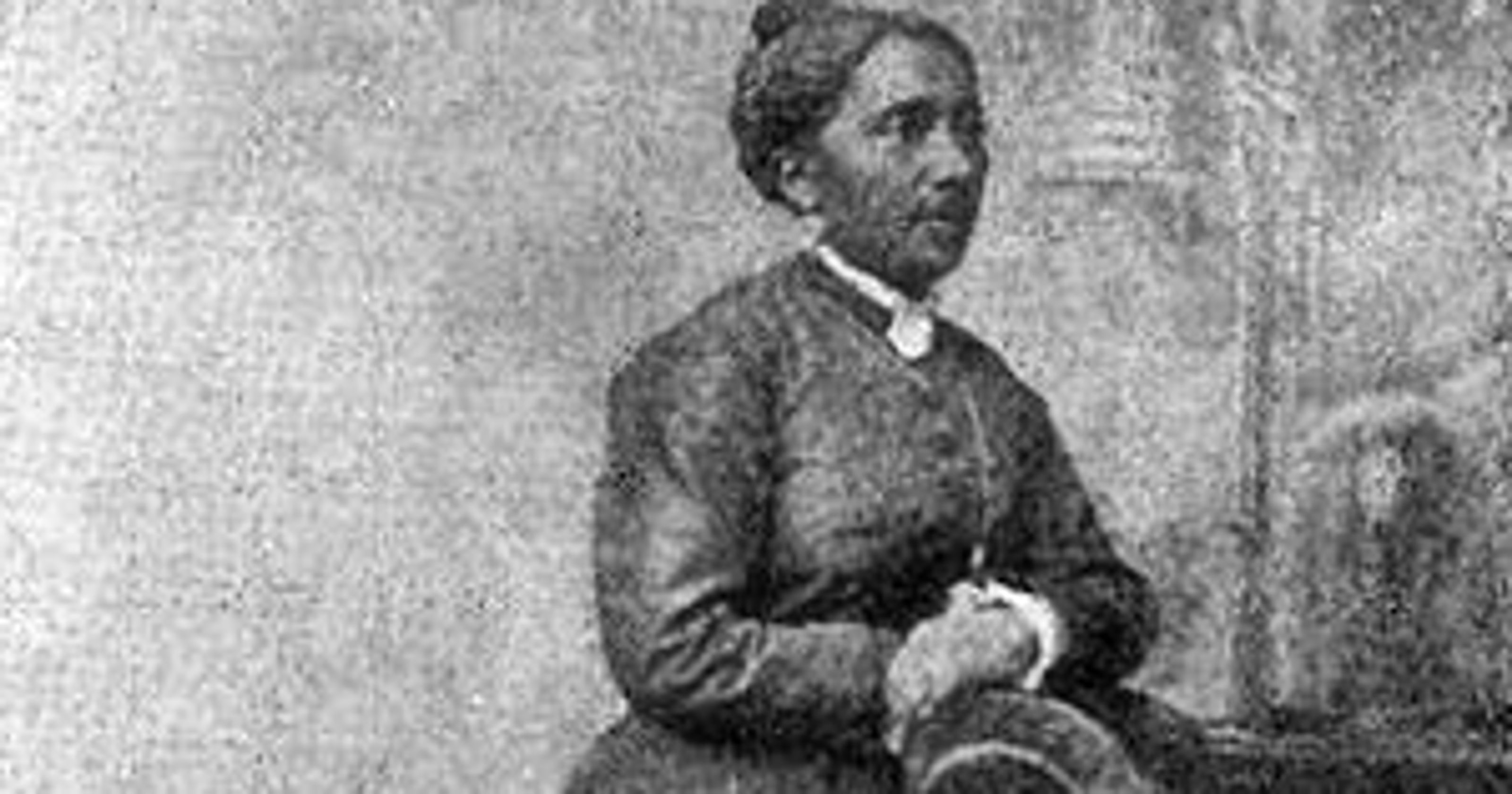





Twitter
Google plus
LinkedIn